- Yes
- No
Hello everyone, and welcome to this suggestion.
Today I present to you a new French aircraft, a prototype of a rather original jet aircraft, the SNCAC NC.1071.
The SNCAC (Société Nationale des Constructions Aéronautiques du Centre), following the failure of its previous aircraft, the NC.1070, and seeing the emergence of the first jets around the world and also in France, such as the SO.6000 Triton, for example, decided to embark on this adventure. Wishing to build on the work done on the NC.1070, the SNCAC decided to stick with the same chassis but to install Rolls-Royce Nene jet engines in place of the Gnome & Rhône 14R-24s. This new aircraft thus retained the same aerodynamic properties of the previous version while weighing only 130 kg more (the engine being rather light). This allowed this new aircraft to increase its maximum speed by 40% and reach its ceiling much faster. However, this new engine had the disadvantage of reducing the aircraft’s range from 4,000 to 1,000 km.
Unfortunately, the NC.1071 was no more successful than the previous prototype, as it too was abandoned before entering production. This abandonment was caused by numerous factors, including problematic in-flight instability and a high risk of disintegration (in fact, the structure was not changed between the propeller- and jet-powered versions, despite a 40% increase in thrust, causing severe vibrations that caused the rivets to pop out). The sole prototype was ultimately abandoned in the early 1950s and dismantled, leaving no follow-up. No follow-up will be made to this original series of SNCAC aircraft (although two subsequent versions will be considered but never realized, the 1072 bomber and the 1073 interception)

Characteristics
-
Length: 20.00 m
-
Width: 10.75 m
-
Height: 4.60 m
-
Wing area: 50.00 m²
-
Weight:
- Min: 7,980 kg
- Max: 13,750 kg
This prototype is powered by two Rolls-Royce Nene 101 engines (23.06 kN) produced under license by Hispano-Suiza, enabling it to reach a top speed of 800 km/h at an altitude of 13,000 m. Its ceiling is 9,950 m and its range is 1,000 km.
The crew consists of three people: a pilot, a tail gunner, and an observer, positioned in the nose of the aircraft (the nose is partially glazed).
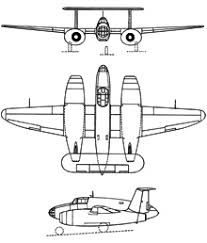
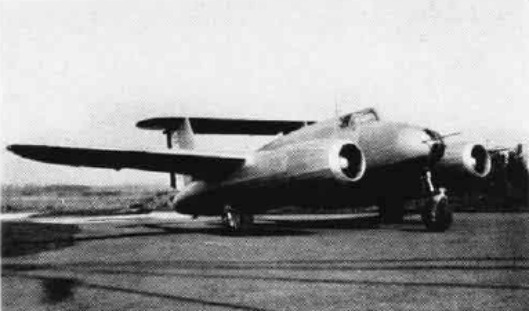
Weapons
The aircraft has basic armament allowing it to defend itself effectively against various threats that may threaten it but also to attack light targets. In addition, it can carry 800 kg of secondary armament in its bomb bay or under its wings.
-
Guns :
- 2 x 30mm Hispano guns (fixed barrel facing forward)
- 2 x 20mm MG 151 guns (rear turret)
- This turret allows aiming at 45° in all directions at a rate of 20°/s; for more information, see the armor section below.
-
Bombs :
- Up to 800 kg of bombs (american 500lb or depth charge in the bomb bay)
-
Rockets :
- 127mm HVAR rockets
-
Torpedo :
- 1 x 780 kg Torpedo in the bomb bay (unknow model)
Protection :
A huge thank you to @Drasleon for the sources and information he provided me for this part.
I wasn’t aware of this initially, but this aircraft is actually a veritable bunker for its crew. I will try here to summarize the main informations concerning plane protection. There will probably be some missing information; I will try to update the topic over time with all the information possible.
- Pilot’s Armor:
The pilot is protected by various armor plates, including 14mm vertical plates at the front protecting him from frontal fire, as well as two 20mm steel plates located on his back and underneath.
However, these plates are not the only protection the pilot has. He is also extremely well protected by his canopy, which is made of two 40mm thick armored panes (Triplex glass).
- Rear Gunner’s Armor:
The armor of the AB 122 turret is equally impressive, its glass also being made of two 40mm thick armored panes (Triplex glass), thus protecting its occupant from enemy fire. The rear of the turret (protecting the gunner’s back) is armored with 20mm of steel plate.
- Front Observater Armor :
Unlike the rest of the crew, the forward observer is not protected by any special armor, as his role is less vital to the crew.
Protection sources

Pictures

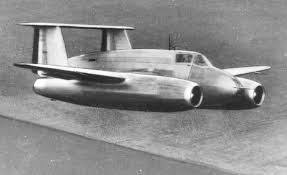
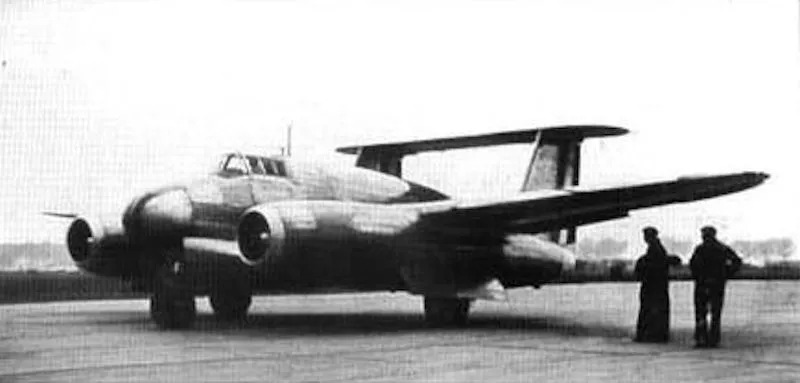
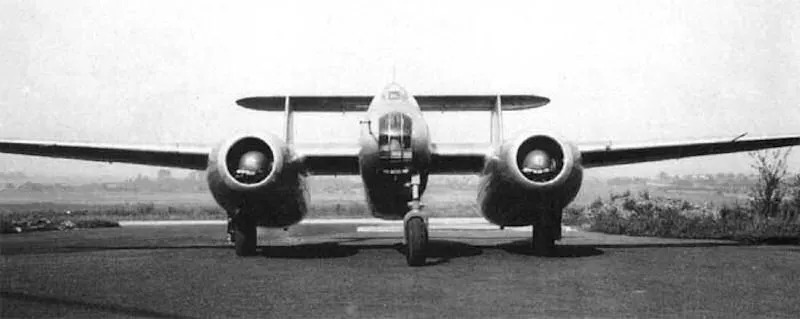
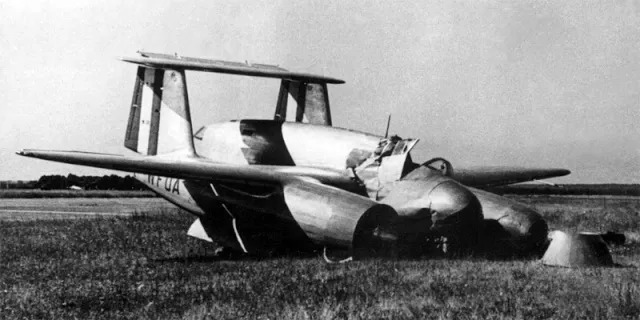
In game this aircraft would be the best France could have as a torpedo attacker, this aircraft would also complete the lineup of French low-Br jet aircraft, making it a very interesting and necessary addition to the tree.
Sources
- “Les avions de combat (1944-1960) Tome 2 ; chasse lourde, bombardement, assaut, exploration” by Jean Cuny
- 10 résultats | CLADE.net
- SNCAC NC.1071 — avionslegendaires.net
- SNCAC NC.1071
- Prototypes.com/Le Sud-Ouest SO-4000/IV. Abandon du NC-270
- SNCAC NC.1071 French Torpedo Bomber - Destination’s Journey
- The NC.1071 Wanted to Fall Apart on Every Flight - PlaneHistoria